If you’re looking for the best executive cars, then you’ve come to the right place. Once the undisputed kings of the company car park, these sleek and stylish upmarket saloons have become something of a dying breed over the past few years, overshadowed (almost literally) by customer clamour for more fashionable SUVs.
Yet despite dwindling numbers, these large and luxurious four-door machines (and the occasional estate and hatchback) still pack plenty of appeal for business users and private buyers alike. Not only do they look the part and feature classy, capacious cabins, they’re usually quicker, sharper to drive and more efficient than their high-riding rivals.
As you’d expect, there’s a wide variety of powertrains to choose from, up to and including plug-in and fully electric cars. However, there are also more traditional internally combusted models for those users who aren’t ready (or don’t want to) take the leap to a battery-powered motor.
So, however you want to cut a dash in the corporate car park or down at the golf club, our top 10 executive picks should have you covered.
The best executive company cars
1. BMW 530e M Sport
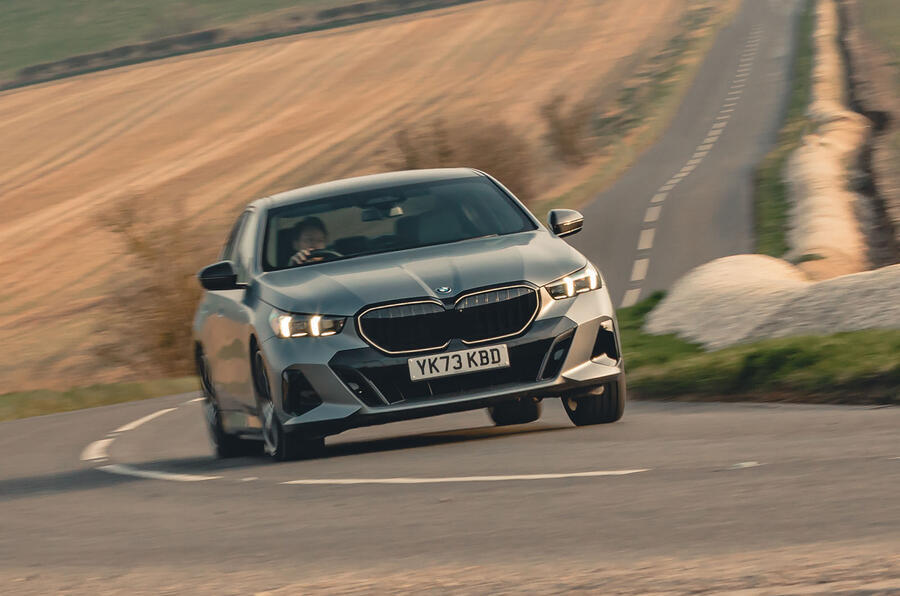
A firm fixture of the executive class for the last half century or so, the BMW 5 Series continues to set the standard by which other smart saloons are judged. Now in its eighth generation, the latest car (codenamed G60) is the biggest and most luxurious yet, but there’s enough of the old car’s ‘ultimate driving machine’ rear-drive handling spirit to keep things interesting.
With its vast dimensions and slightly bloated looks, the 5 Series has lost some of its crisp visual appeal, but its vast interior is sumptuously finished and serves-up vault-like refinement - although the frustrating infotainment will do its best to undo the sybaritic and smooth-riding saloon’s stress-relieving properties.
There’s a wide-range of engines, including a fully electric BMW i5 and mild hybrid 520i, but the plug-in 530e delivers a winning blend of punchy 295bhp performance, 63 miles of EV range and a benefit-in-kind company car tax rating of just 8%.
Read our BMW 5 Series review
2. Mercedes E300e Urban Edition
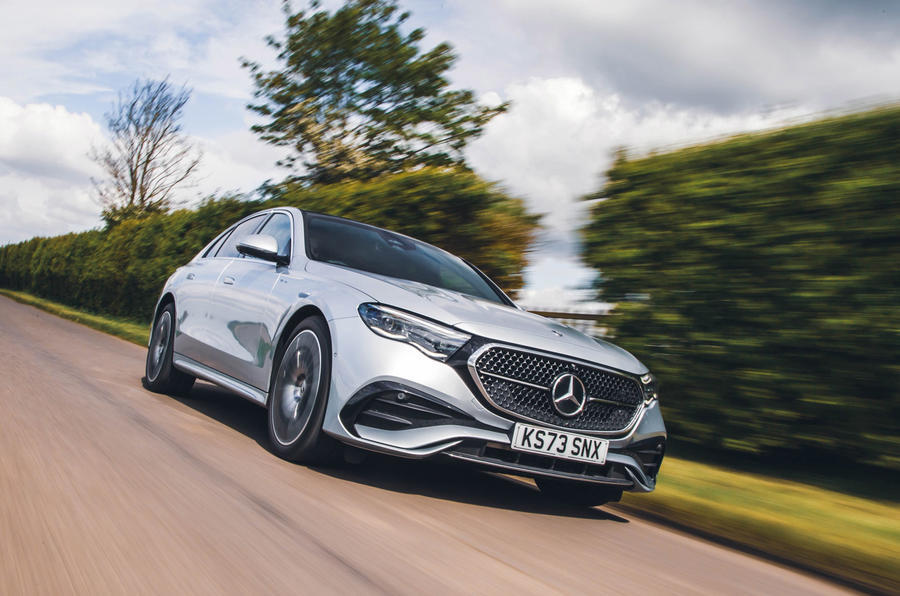
A long-time nemesis of the BMW 5 Series, the Mercedes E-Class used to be the more mature and refined alternative to its sharper-handling and more dynamic German rival. However, there’s now little to separate the two for hushed refinement, while the Merc is more engaging to drive than you’d think - although the 5 Series remains the keen driver’s choice, yet also rides with greater poise and suppleness.

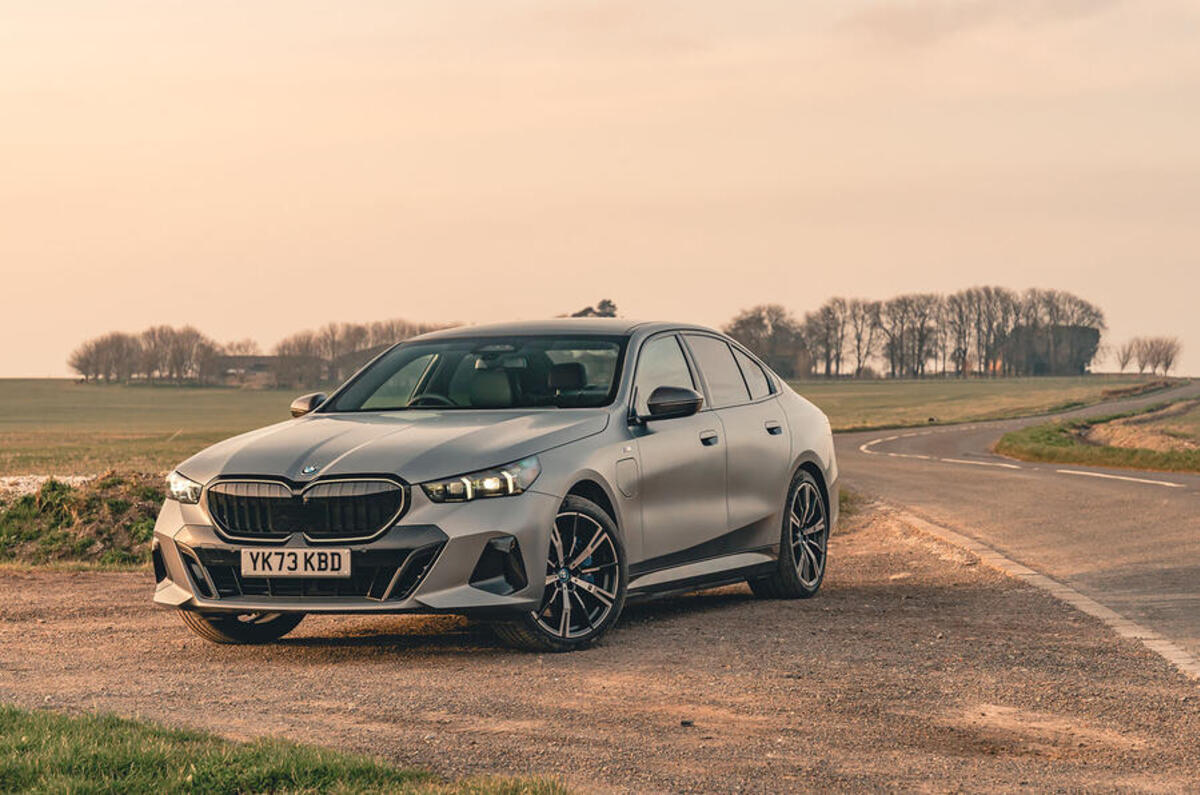



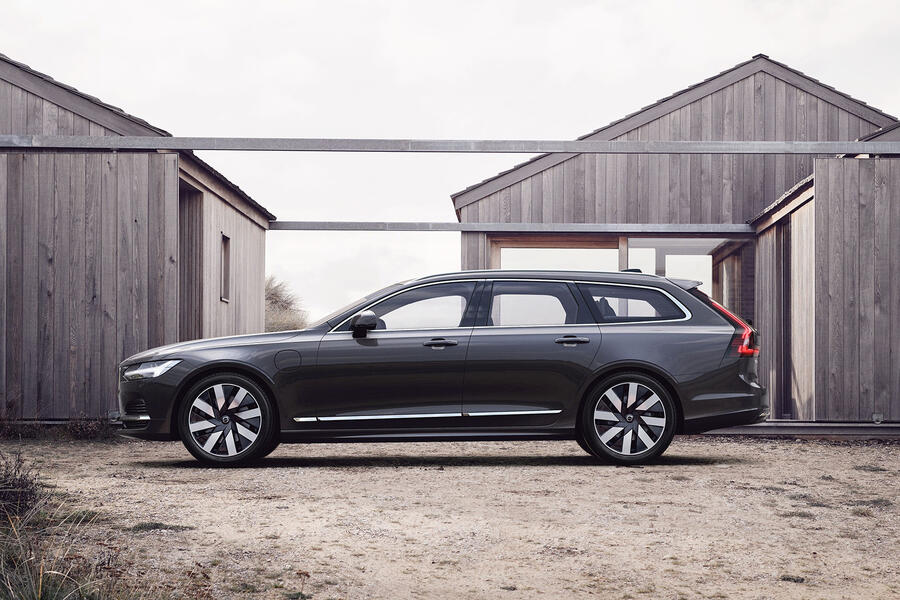


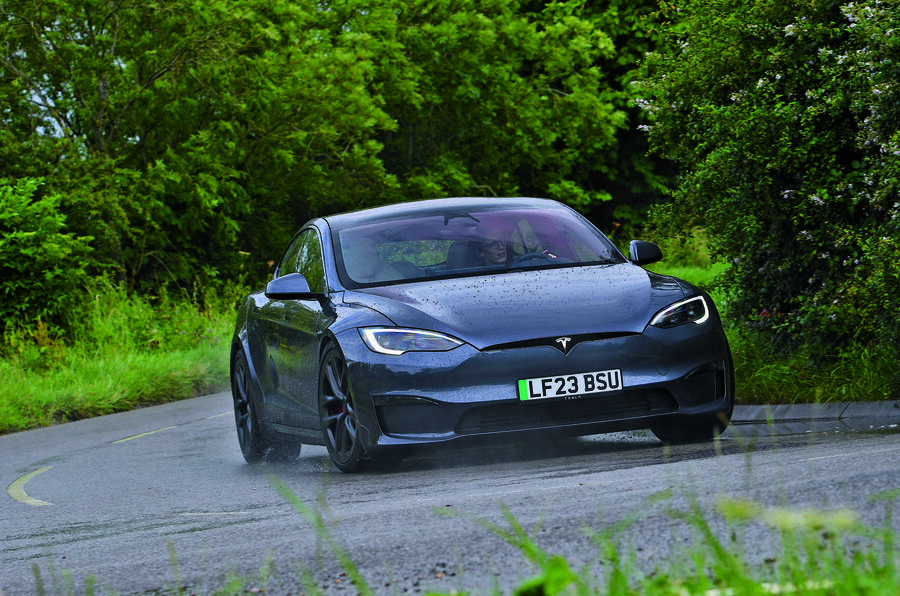
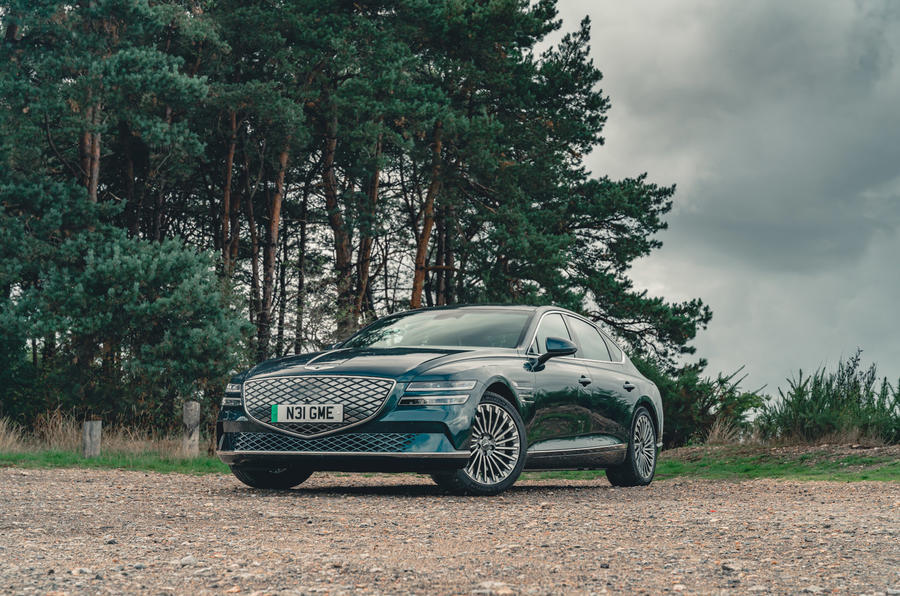
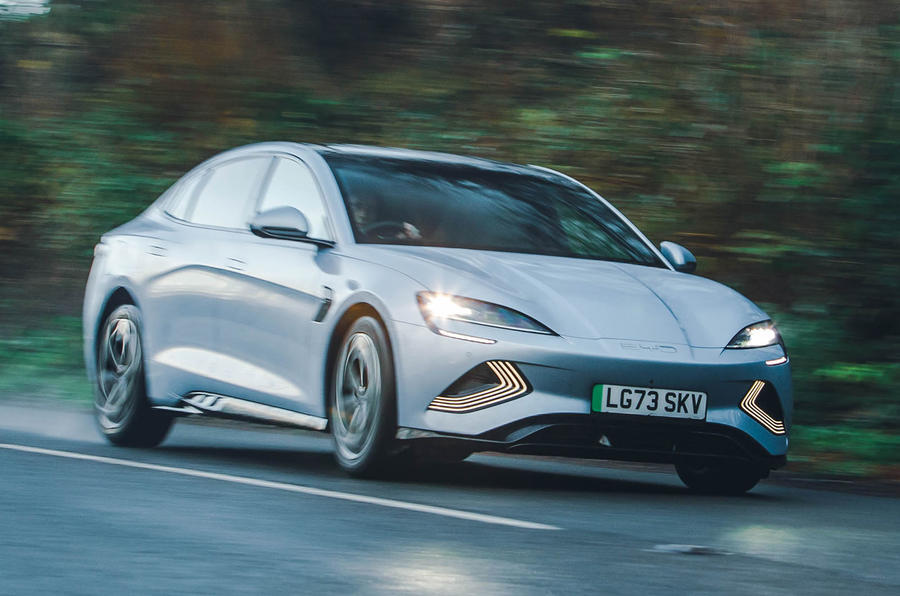
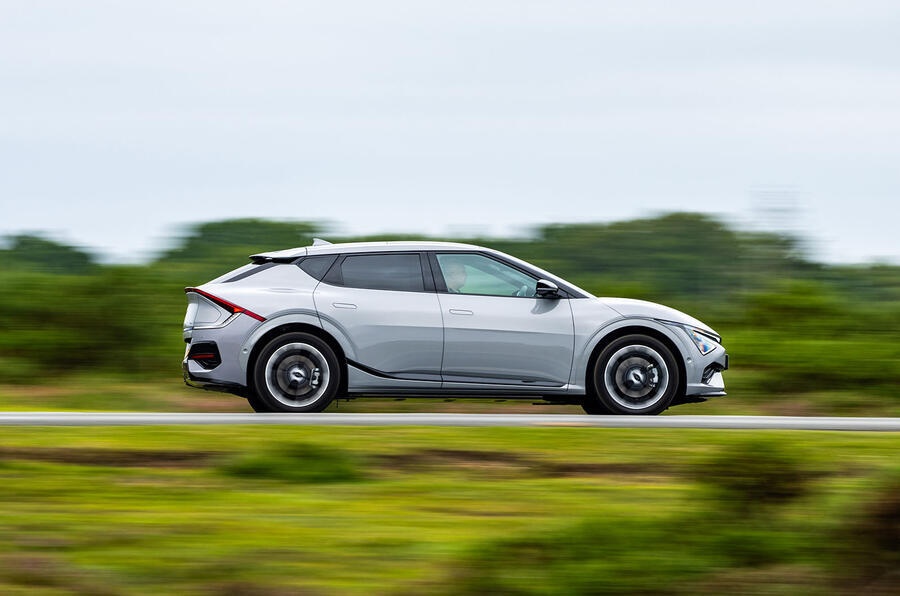
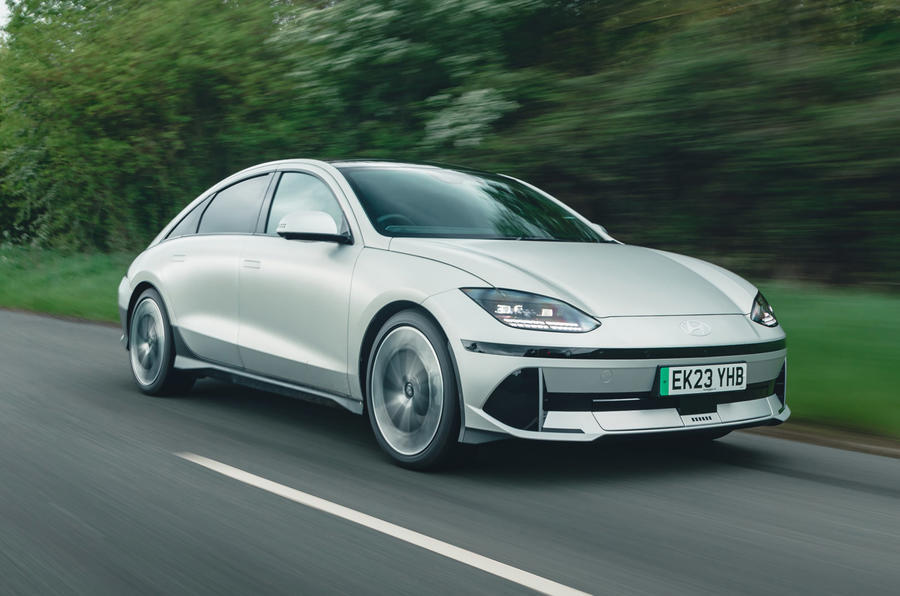
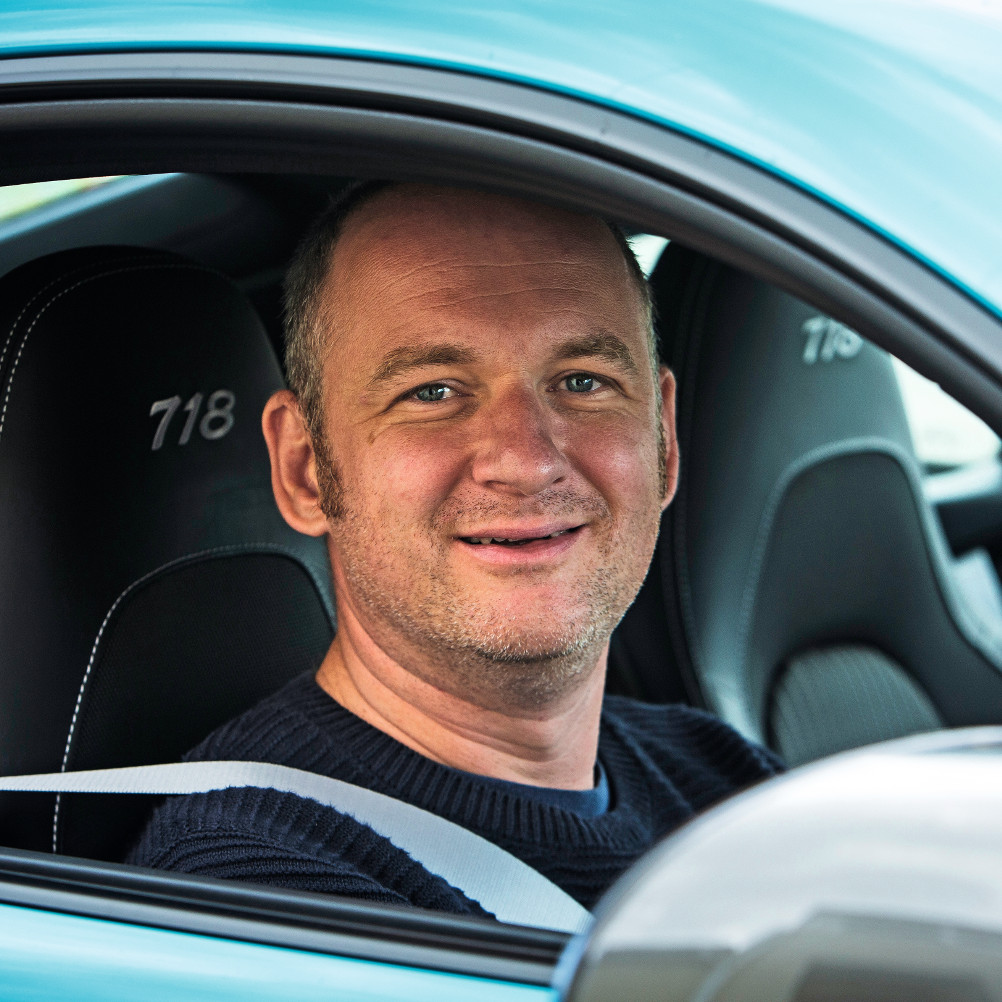




Add your comment